Exploring the Importance of Marble Restoration Across the UK
Marble is not just a construction material; it embodies a rich tradition of elegance and sophistication, playing an integral role in the architectural history of the United Kingdom. From the breathtaking façades of historic estates to the intricate designs of civic buildings, the enduring presence of marble highlights both its visual allure and cultural significance. A prime example is the restoration of marble in Morden Park, which showcases a dedication to maintaining historical authenticity while ensuring modern functionality and accessibility. This exploration of marble restoration throughout the UK will underscore its historical significance, common sources of damage, and the effective techniques employed in the restoration process.
Unpacking the Cultural and Historical Significance of Marble in the UK
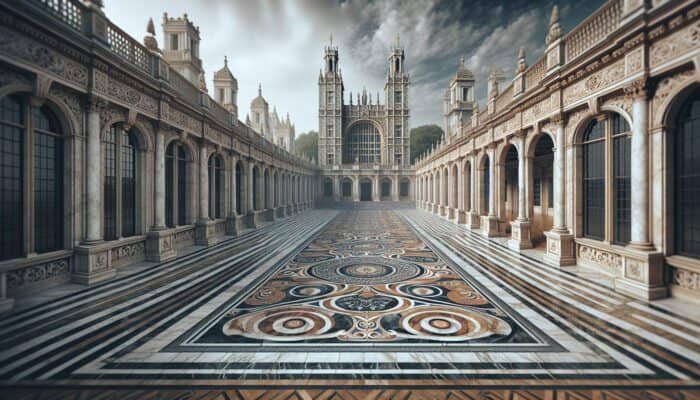
The utilisation of marble in the UK has a storied history, with iconic structures such as the British Museum and Westminster Abbey illustrating its enduring beauty. These landmarks not only highlight the artistic excellence of their respective eras but also serve as vital links to our national identity. The elaborate patterns and exceptional craftsmanship present in marble installations convey the historical context and the esteem placed on durability alongside aesthetics. Hence, marble restoration transcends mere maintenance; it embodies a commitment to preserving our collective heritage. Each restoration project enriches the narrative of our past, enabling future generations to appreciate the artistry and historical significance embedded in these remarkable surfaces.
Identifying Common Causes of Damage to Marble Surfaces
Throughout the UK, marble floors encounter a myriad of challenges that can lead to significant deterioration over time. For instance, exposure to weather elements can cause surface erosion, particularly in areas that are consistently subjected to harsh conditions. Rainfall, when combined with acidic pollutants, accelerates the erosion process, resulting in discolouration and structural weaknesses. Additionally, heavy foot traffic in busy areas can cause scratches and scuffs, thereby compromising the polished finish of the marble. Understanding these prevalent causes of damage is crucial for effective restoration. Recognising that the restoration of marble must address both aesthetic and structural concerns allows professionals to develop comprehensive restoration strategies tailored to the specific types of damage encountered.
Implementing Proven Techniques for Successful Marble Restoration
The methodologies employed in marble restoration across the UK are diverse and highly specialised. The process typically begins with thorough cleaning, utilising methods such as steam cleaning or specially formulated chemical treatments that effectively eliminate stains without compromising the integrity of the marble. Following this cleaning phase, professionals may implement honing techniques to refine the surface and remove superficial scratches. For more significant imperfections, polishing methods can restore the original sheen, making the marble appear brand new. In instances of severe damage, such as cracks or chips, epoxy fillers may be applied to repair and restore structural integrity. When executed with precision, these techniques ensure that the restoration of damaged floors meets both aesthetic and functional standards, preserving the beauty and heritage of marble surfaces.
Navigating the Regulatory Landscape for Marble Restoration in the UK
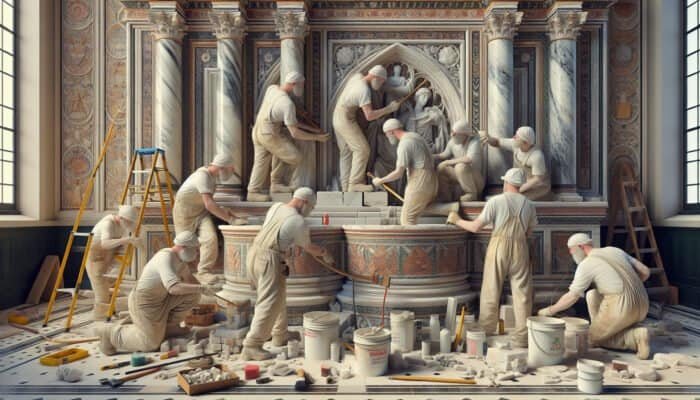
In the UK, the restoration of marble is subject to various regulations aimed at preserving the historical integrity of buildings and materials. The Conservation Principles set forth by Historic England provide essential guidance for restoration initiatives, stressing the importance of maintaining authenticity and historical context. Furthermore, local planning regulations often govern the types of materials and techniques permissible during restoration projects. A thorough understanding of these legal frameworks is vital for restoration companies to ensure compliance while safeguarding the cultural significance of efforts like the restoration of marble. This adherence not only protects the integrity of materials but also respects the historical legacy of the sites involved.
Gaining Insights from Successful Marble Restoration Case Studies
Examining successful marble restoration projects throughout the UK yields valuable insights into best practices. For example, the restoration of the marble floors at the Victoria and Albert Museum involved meticulous cleaning and careful restoration of intricate designs, resulting in a renewed vibrancy that captivates visitors. Another noteworthy project is the restoration of the marble entrance at the National Gallery, where experts skillfully combined traditional techniques with modern technology to achieve impressive results. These case studies exemplify the diverse methods employed and the positive outcomes achieved, reinforcing the necessity of professional expertise in the art of restoring marble.
Expert Recommendations: Essential Products for Daily Marble Maintenance
Thorough Case Studies Demonstrating Successful Marble Floor Restoration
Marble Restoration Projects at Buckingham Palace: A Case Study
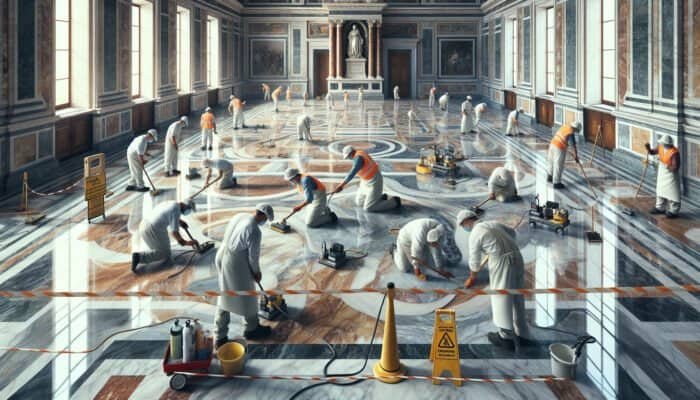
A prime illustration of effective marble restoration is the ongoing work at Buckingham Palace, where the marble floors demand continuous care due to their historical significance and high levels of foot traffic. The restoration techniques implemented here include thorough cleaning to eliminate years of built-up dirt and stains, followed by honing to rejuvenate the marble's surface. Moreover, restoration professionals must navigate the challenge of preserving the palace’s historical accuracy while integrating modern cleaning technologies. Through these restoration efforts, Buckingham Palace not only maintains its grand appearance but also ensures the safety and comfort of its visitors, exemplifying best practices in marble restoration.
Preserving the Integrity of Westminster Abbey's Marble Floors
The restoration of marble floors within Westminster Abbey highlights a commitment to historical accuracy. Given the Abbey’s cultural importance, careful consideration of restoration techniques is paramount. This project involved extensive research into the original materials and methods employed, ensuring that the restoration aligns perfectly with the Abbey’s rich history. This case serves as an illustration of the delicate balance necessary to preserve authenticity while conducting restoration work. The success of this project underscores the critical importance of restoring marble floors within the broader context of cultural heritage preservation, stressing the necessity of protecting our historical landmarks.
Innovative Marble Restoration at The British Museum
At the British Museum, the marble floor restoration presents unique challenges and opportunities. The museum’s commitment to public accessibility necessitates that restoration efforts be conducted in a manner that minimally affects visitors. Innovative strategies, such as employing non-invasive cleaning methods and implementing temporary flooring solutions, have been successfully employed. This approach ensures that the museum remains operational while its marble floors undergo essential restoration. The initiatives undertaken by the British Museum illustrate how the restoration of marble can harmonise with modern public engagement, allowing for both preservation and accessibility in one of the UK's most cherished cultural institutions.
Key Considerations When Selecting an Appropriate Marble Restoration Company
Evaluating Accreditation and Industry Experience
Choosing the right restoration company is crucial for the successful execution of any marble restoration project. Accreditation is a significant factor, as it ensures that the company adheres to established industry standards and best practices. In the UK, organisations such as the Stone Federation Great Britain provide accreditation that signifies a company’s dedication to quality and professionalism. Experience is equally important; companies with a proven track record in marble restoration possess a deep understanding of the nuances associated with various marble types and the specific challenges encountered in distinct environments. By prioritising accredited and experienced professionals, clients can ensure that the restoration of the marble is executed to the highest standards.
Assessing Restoration Techniques and Equipment Used
When evaluating potential restoration companies, it is essential to scrutinise the techniques and equipment they employ. Modern restoration necessitates specialised tools and innovative methods to achieve optimal results. Companies that invest in state-of-the-art equipment, such as diamond polishing pads and advanced cleaning systems, are likely to deliver superior results compared to those who continue to rely on outdated practices. This modernisation not only enhances the quality of restoration but also mitigates the risk of damage to the marble. Understanding the equipment and techniques used by any prospective company will ensure that selected specialists are well-prepared to handle the complexities of restoring marble floors, particularly in damaged areas.
Reviewing Customer Feedback and Case Studies for Insights
Customer reviews and case studies are invaluable resources when evaluating the reputation of marble restoration companies. Positive testimonials from previous clients can offer significant insights into the quality of work performed and the level of customer service provided. Additionally, comprehensive case studies detailing specific projects—along with the challenges faced and solutions employed—effectively showcase the company’s expertise. By carefully considering these factors, clients can make informed decisions when selecting a restoration partner, ensuring that their project is managed with the utmost attention and skill. This diligence is particularly crucial for substantial projects, such as the restoration of Marble in Modern Park, where the stakes are considerably high.
Examining the Financial Implications of Marble Restoration
Key Factors Influencing Restoration Costs
Understanding the factors that influence the costs related to marble restoration is essential for effective financial planning. The extent of damage is a primary consideration; minor cleaning and honing generally incur lower costs compared to substantial repairs that require replacing damaged sections. Furthermore, the project's location within the UK can impact costs due to regional variations in labour and material expenses. The type of marble also plays a significant role in pricing; unique or exotic varieties may necessitate specialised care, thus increasing overall costs. By recognising these variables, clients can better prepare financially for the restoration of Marble in Morden Park, ensuring they allocate adequate resources to achieve the desired outcomes.
Strategising a Comprehensive Budget for Restoration Projects
Establishing a budget for marble restoration projects involves thorough assessment and evaluation of potential costs. Begin by gathering quotes from multiple restoration companies, ensuring that you obtain a detailed breakdown of their offered services. This transparency facilitates accurate comparisons and aids in identifying any hidden costs. It is also prudent to include a contingency fund within your budget to account for unforeseen complications that may arise during the restoration process. By proactively budgeting for the restoration of Marble in Morden Park, clients can mitigate financial surprises and foster a smoother restoration experience.
Assessing Cost Against Value in Restoration Projects
When considering the costs associated with marble restoration, it is essential to evaluate the financial investment against the value it adds to the property. Restored marble floors not only enhance the aesthetic appeal of a space but also positively influence its overall value. High-quality restoration can significantly increase property desirability, making it a prudent investment for both homeowners and business proprietors. Furthermore, the long-term advantages of maintaining marble surfaces through restoration, rather than neglect, can lead to cost savings by preventing more severe damage that would necessitate expensive repairs. This cost-versus-value analysis is especially pertinent for larger projects, such as the restoration of Marble in Morden Park, where the benefits can far exceed the initial expenses.
Essential Maintenance Practices Following Restoration
Establishing Regular Cleaning Routines for Marble Surfaces
After the successful restoration of marble floors, it is vital to implement a routine cleaning schedule to maintain their beauty and longevity. Regular maintenance entails the use of gentle, pH-neutral cleaning agents specifically formulated for marble, steering clear of harsh chemicals that could damage the surface. Daily sweeping or dust mopping helps prevent dirt and debris from scratching the marble, while periodic deep cleaning can rejuvenate its appearance. By engaging in these regular cleaning practices, property owners not only sustain the results of the restoration of Marble in Morden Park but also enhance the overall aesthetic charm of the environment.
Implementing Proactive Measures to Protect Marble Surfaces
Preventive strategies are crucial for safeguarding marble floors against future damage. Applying protective coatings or sealants creates a barrier against stains, moisture, and dirt, protecting the surface from harmful elements. Additionally, placing mats at entrances and high-traffic areas can significantly minimise the amount of grit and grime that comes into contact with the marble. Educating residents and visitors about best practices, such as using coasters for beverages and promptly addressing spills, contributes to the longevity of the marble. By implementing these preventive measures, the risk of damage is minimised, ensuring that the restoration of the marble in Modern Park for damaged floors remains intact for years to come.
Engaging Professional Maintenance Services for Long-Term Care
Utilising professional maintenance services can be a valuable investment for the ongoing care of restored marble floors. These specialists possess the expertise required to perform routine maintenance, including polishing and sealing, to preserve the marble’s pristine condition. They also provide insights into the specific needs of the marble type and the environment in which it is situated, ensuring that tailored care is administered. By engaging professional services, property owners can enhance the effectiveness of their maintenance efforts and extend the lifespan of their marble floors, making it an essential aspect of maintaining Marble in Modern Park.
Conducting Regular Inspections for Early Detection of Issues
Carrying out routine inspections of restored marble floors is essential for identifying potential issues before they escalate into more significant problems. Regular evaluations enable professionals to assess the condition of the marble, detecting any signs of wear, discolouration, or damage early on. This proactive approach allows for timely interventions, preserving the integrity of the restoration work. Additionally, routine inspections offer invaluable feedback on the effectiveness of cleaning and maintenance practices, facilitating necessary adjustments. By prioritising regular inspections, property owners can ensure that the restoration of Marble in Modern Park continues to yield excellent results long after the initial work has been completed.
Understanding Repair and Restoration Techniques for Future Issues
In the event of future damage, having a comprehensive understanding of repair and restoration techniques is vital for maintaining the marble’s original appearance. Techniques such as filling cracks with epoxy, re-polishing dulled areas, and re-honing surfaces can effectively restore the marble to its former glory. It is crucial for property owners to familiarise themselves with these methods and to engage professionals who can execute them proficiently. Promptly addressing any damage not only preserves aesthetic appeal but also prevents further deterioration, ensuring that the restoration of Marble in Modern Park remains a point of pride.
Assessing the Environmental Impact of Marble Restoration
Adopting Sustainable Practices in Restoration Projects
The emphasis on sustainability within marble restoration is gaining momentum in the UK. Many restoration companies are embracing eco-friendly practices, such as using biodegradable cleaning agents and sustainable materials throughout the restoration process. These environmentally responsible methods not only safeguard the integrity of the marble but also minimise the ecological footprint of restoration projects. For instance, employing water-efficient cleaning techniques reduces water usage during the restoration of Marble in Morden Park, aligning with wider sustainability goals in the UK. By prioritising these practices, the marble restoration industry can positively contribute to environmental conservation efforts.
Implementing Efficient Waste Management Strategies in Restoration Projects
Effective waste management is a crucial component of any restoration project. UK restoration companies are increasingly adopting strategies to minimise waste generated during marble restoration. This includes recycling materials whenever feasible and disposing of hazardous waste in accordance with local regulations. By actively managing waste, these companies not only promote environmental sustainability but also enhance their reputation among eco-conscious clients. A commitment to responsible waste management practices is essential for upholding the integrity of projects like the restoration of Marble in Morden Park, ensuring they have a minimal environmental impact.
Reducing the Carbon Footprint Associated with Restoration Work
The carbon footprint associated with marble restoration processes is a significant consideration in today’s environmentally conscious society. Restoration companies in the UK are exploring avenues to reduce their carbon emissions, such as by utilising energy-efficient machinery and sourcing local materials, which considerably lowers transportation-related emissions. Furthermore, the integration of green technologies can further mitigate environmental impact. By actively addressing carbon emissions, these companies contribute to a more sustainable future while enhancing the appeal of their services. This focus on reducing carbon footprint is particularly relevant for extensive projects, such as the restoration of Marble in Morden Park, where the environmental implications can be considerable.
Minimising Water Usage Throughout Restoration Processes
Water consumption is another critical factor influencing the environmental impact of marble restoration. Companies are implementing strategies to curtail water usage during cleaning and restoration activities. Techniques such as steam cleaning require less water than traditional methods while delivering effective results without harming the marble. Incorporating water-saving technologies can significantly reduce overall consumption and bolster sustainability initiatives. For the restoration of Marble in Morden Park, minimising water usage not only conserves this precious resource but also aligns with broader environmental objectives within the UK.
Considering the Impact on Biodiversity During Restoration Activities
The effects of marble restoration activities on local ecosystems and biodiversity are often overlooked. Restoration projects involving outdoor marble installations must carefully evaluate potential impacts on surrounding flora and fauna. To mitigate any negative consequences, restoration companies are increasingly adopting eco-friendly practices that protect local ecosystems. By implementing responsible strategies, such as using non-toxic materials and preserving natural habitats during restoration, they can ensure that the restoration of Marble in Morden Park is conducted in harmony with biodiversity conservation efforts. This comprehensive approach contributes to the sustainability of both the restoration industry and the environment.
Anticipating Future Trends in Marble Restoration
Leveraging Technological Innovations for Enhanced Restoration
The future of marble restoration in the UK is set to be significantly influenced by rapid technological advancements. Emerging technologies, such as 3D scanning and artificial intelligence, are beginning to transform restoration practices. These innovations enable restoration professionals to assess damage more accurately and devise tailored restoration plans that optimise results. Moreover, advancements in cleaning technology, including automated cleaning systems, are streamlining the upkeep of marble surfaces. As these technologies gain prominence, they promise to enhance the efficiency and precision of restoring marble in Modern Park, heralding a new era in the industry.
Balancing Preservation with Modernisation in Restoration Projects
A crucial discussion within the marble restoration domain revolves around the equilibrium between preservation and modernisation. As restoration techniques evolve, there is an increasing temptation to incorporate contemporary elements that may undermine historical authenticity. The challenge is to find innovative solutions that honour the original design while embracing modern functionality. This dialogue is especially pertinent in projects like the restoration of Marble in Morden Park, where professionals must navigate the delicate balance of preserving heritage while introducing modern enhancements. Achieving this balance is vital for maintaining the integrity of historical sites while ensuring their relevance in today’s context.
Emphasising Training and Education for Restoration Professionals
As the marble restoration industry continues to evolve, the importance of training and education for professionals cannot be overstated. Advanced training programmes and workshops focused on new restoration techniques, materials, and technologies are essential for equipping professionals with the skills necessary to address modern challenges. Collaborative educational initiatives, such as partnerships with universities and industry organisations, can nurture a new generation of skilled restorers committed to excellence. Ensuring that professionals are well-versed in evolving practices will ultimately enhance the quality of projects, such as the restoration of marble in Modern Park, benefiting the industry as a whole.
Prioritising Sustainability in the Future of Marble Restoration
Looking ahead, sustainability will remain a central theme in shaping the direction of marble restoration. The industry is likely to see an increasing focus on eco-friendly practices, from the materials selected to the techniques employed. Restoration companies that embrace sustainable practices will not only attract environmentally conscious clients but also contribute to broader ecological objectives. This commitment to sustainability is particularly pertinent for significant projects, such as the restoration of Marble in Morden Park, where the preservation of both heritage and the environment is of utmost importance. As these trends develop, the marble restoration industry will position itself as a leader in sustainable practices.
Frequently Asked Questions Regarding Marble Restoration
What does the marble restoration process entail?
Marble restoration involves repairing, cleaning, and polishing marble surfaces to restore their original beauty and functionality, typically addressing damage caused by general wear and tear.
Why is it essential to restore my marble surfaces?
Restoration is vital for preserving the aesthetic and structural integrity of marble, maintaining its historical value while extending its lifespan.
How can I effectively prevent damage to my marble floors?
Regular cleaning, applying protective coatings, and avoiding harsh chemicals can significantly assist in preventing damage to marble floors.
What are the common techniques utilised in marble restoration?
Common techniques include cleaning, honing, polishing, and repairing cracks or chips with epoxy fillers.
What should I expect in terms of costs for marble restoration?
Costs vary depending on the extent of damage, the type of marble, and the location, with minor repairs typically being less expensive than extensive restoration projects.
How long does the marble restoration process take?
The duration of marble restoration can vary widely, from a few hours for straightforward cleaning to several days for comprehensive restoration efforts.
Can I undertake marble restoration myself?
While homeowners can manage minor cleaning, professional restoration is recommended for significant damage to ensure high-quality results.
What should I look for when hiring a restoration company?
Select a company with proper accreditation, extensive experience in marble restoration, and positive customer reviews to ensure quality work.
How often should I consider restoring my marble floors?
This depends on foot traffic and wear; however, evaluating marble floors annually can help determine when restoration is necessary.
What are some sustainable practices in marble restoration?
Sustainable practices include using eco-friendly cleaning agents, minimising water usage, and responsibly managing waste generated during the restoration process.
The post Restoration of Marble In Morden Park for Damaged Floors appeared first on https://tilecleaningsurrey.co.uk
The Article Marble Restoration for Damaged Floors in Morden Park appeared first on https://fabritec.org
The Article Marble Restoration for Morden Park’s Damaged Floors Was Found On https://limitsofstrategy.com
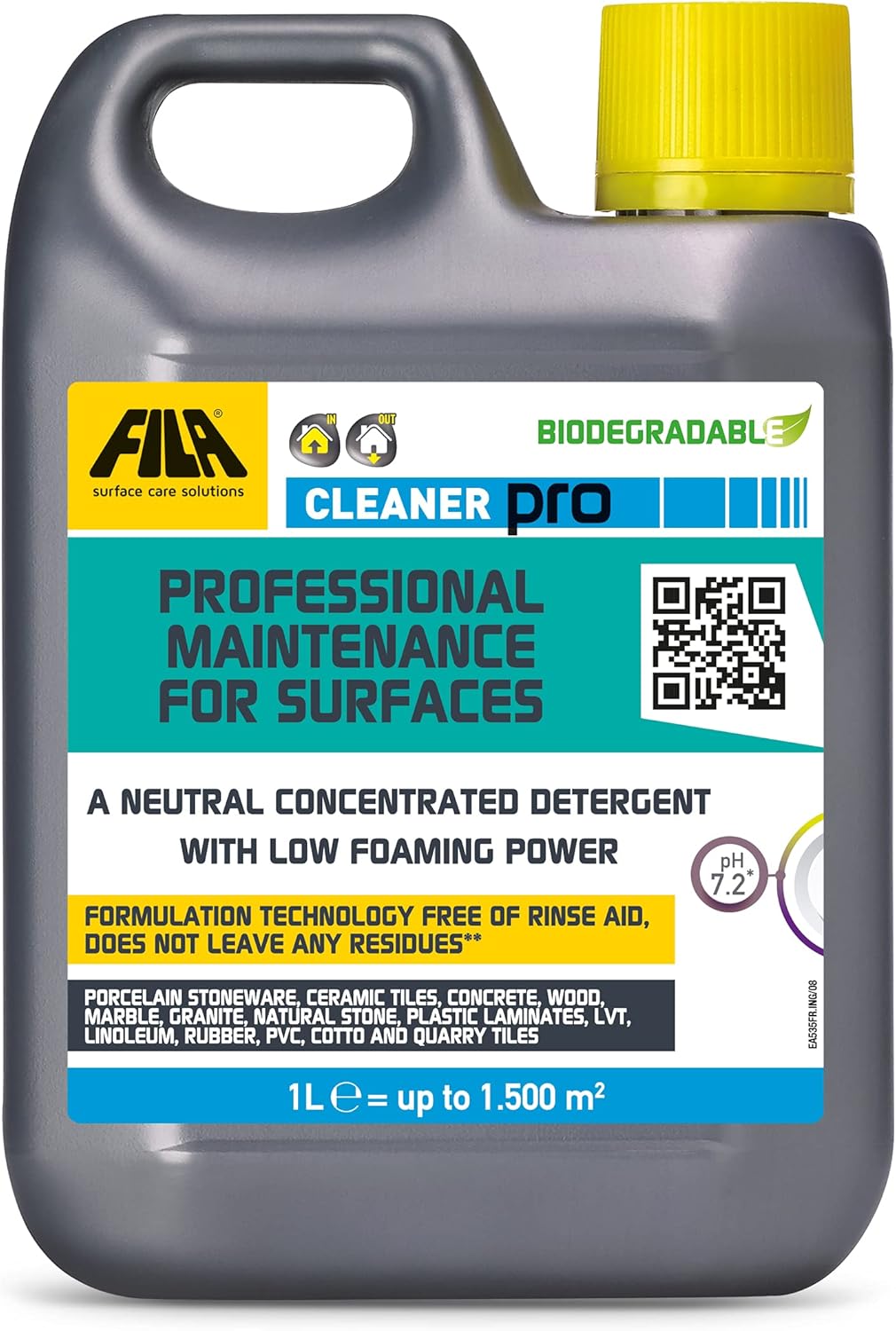

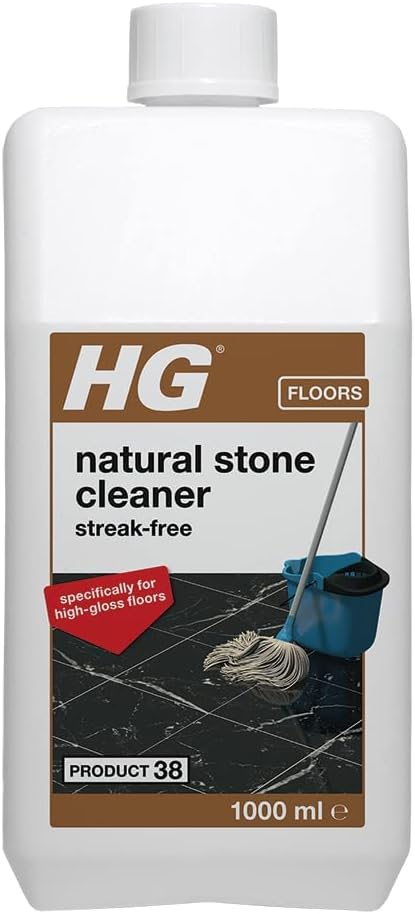


Your exploration of marble restoration in the UK truly resonates with the intricate connection between our cultural heritage and architectural preservation. It’s fascinating to think about how materials like marble carry not just beauty, but also the stories of the generations that have come before us. I was particularly struck by the example of Morden Park, as it highlights how restoration efforts can bridge the past with modern needs—making historical sites more accessible while respecting their original integrity.